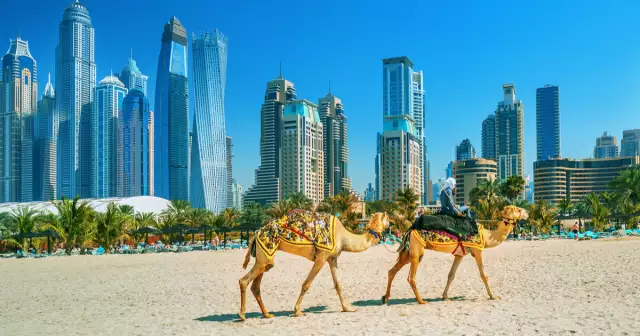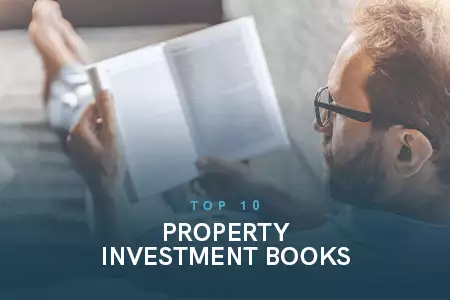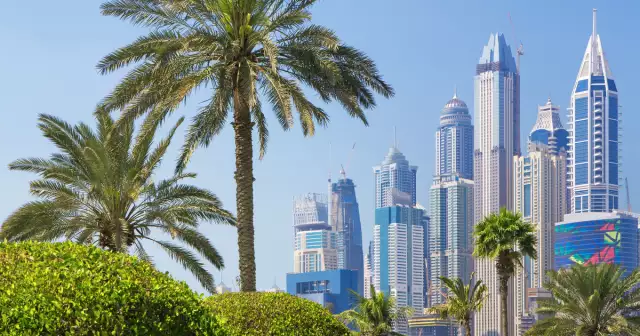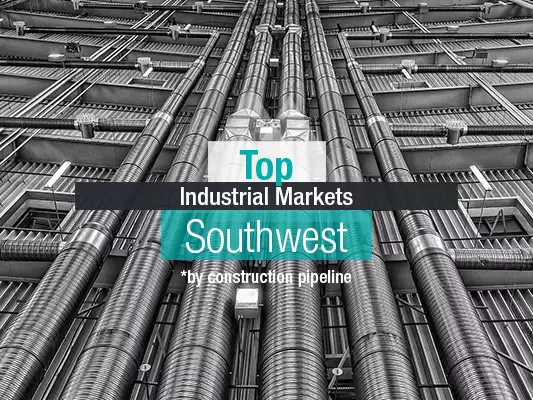Why is the UAE the top destination for industrial property investment?
Why is the UAE the top destination for industrial property investment?
Over the past few years, we witnessed healthy growth in the industrial real estate sector—warehouses, distribution centers, flex spaces, and other industrial buildings with storage facilities in Dubai. Year-over-year (YOY) rent growth has been positive and the availability rate has continued to decline.
Property prices in the UAE will continue to grow in 2023, driven by supportive economic restructurings and an effective vaccination program that has brought hastened improvement from the coronavirus stricken slowdown last year.
Over the next 10 years, Environmental, Social, and Governance (ESG) standards will have an impact on investor property investment and purchasing decisions in the GCC, according to a report by Mashreq, the Dubai lender controlled by Al Ghurair.
According to CRC data, with 88% growth, the warehouse sector embellishes with the highest increase in commercial leasing in Q1 2022 over Q1 2021. The overall number of leasing transactions is up 7%. This is due to the increase in the stock that equals the demand for bigger storage spaces. The businesses in Dubai have no choice but to seek bigger warehouses for their expansions.
Industrial Properties in the UAE will attract more investor demand, while the residential market will also see substantial growth. On the other hand, quality warehouses for the e-commerce industry continue to fuel demand considering the Middle East one of the most competitive markets for online shopping.
This has proven to be a significant reason for the demand for warehouses, distribution sites, and fulfillment centers that support the fastest delivery shipping systems. Newly build facilities for warehouse rents, constructed to international standard, primarily located in free zones, ranged from AED 35 per sq. ft. per year during 2020.
A number of small and medium enterprises are now seeking annual lease contracts and yearly rental escalation in comparison to three or five-year terms for their industrial units due to the constrained business environment during 2020.
Along with that, many multinational occupiers are gradually finding asset-light models, thus presenting more excellent opportunities to participate in the industrial market through sale and leaseback structures, among others.
Key Takeaways
The requirement for storage and fulfillment centers has increased thus boosting the demand for warehouses in the region. Many retailers have swiftly adopted the digitalization and online sales trends after they posed challenges of lower spending and fewer shoppers in brick and mortar.
The main drivers for these regional and global occupiers entering or expanding more in the UAE are the country’s efficient management of Covid-19, vigorous infrastructure, and ease of doing business. The rise in online sales in the past months has also played a vital role in businesses investing more and expanding to cater to sales trends.
According to CRC, they recorded an increase of 32% in registered tenant leads as compared to the same period the previous year. The staggering 128% increase in demand for warehouses is also an indication of how the companies showed interest in industrial properties. The top reason for the demand for commercial properties is because the business that downsized during the pandemic started to get back to bigger office spaces. Changes in purchase patterns during the pandemic also pushed companies to expand their warehouses to meet the demand.
Get in touch with CRC for your commercial or industrial property requirements in the country and receive professional help for buying, selling, leasing, or investing. CRC is the leader in Commercial and Industrial properties in the UAE.
![]()







